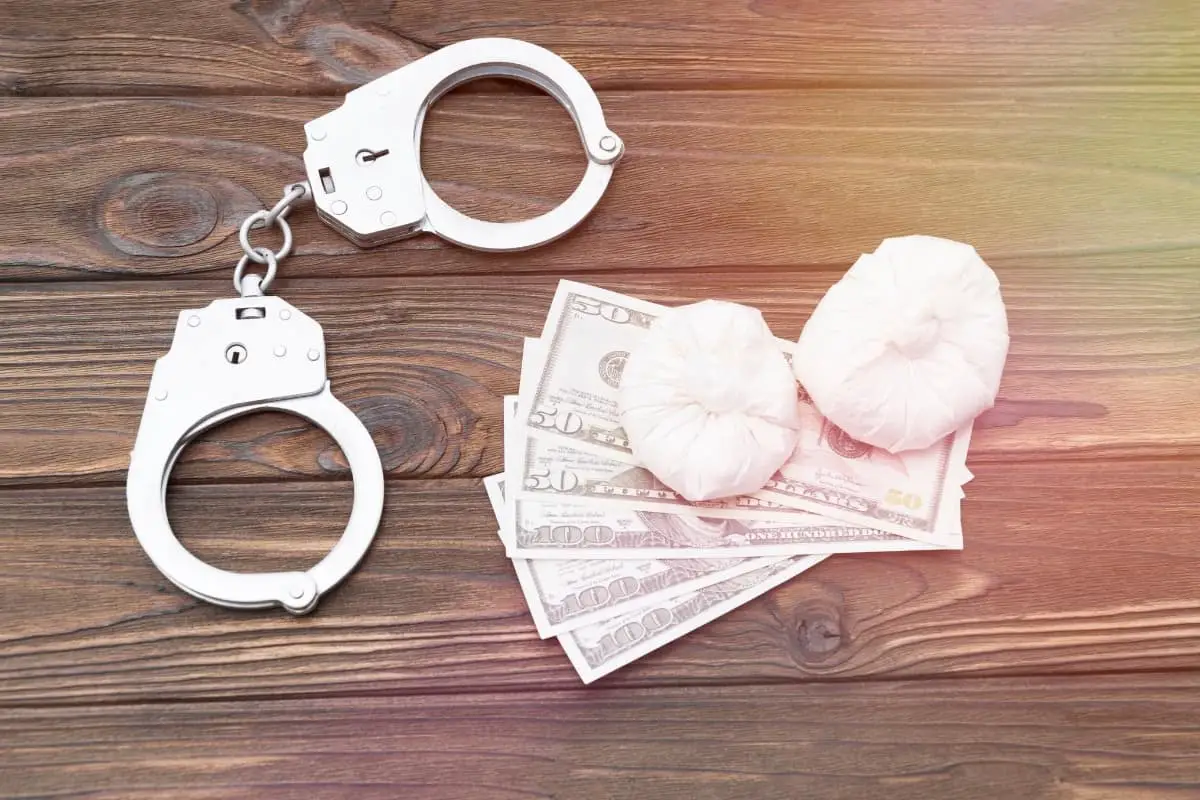Many friends and family of an addict are actually relieved when their loved one gets locked up. My family was the same way. They figured and assumed, “Well at least he’s somewhere safe from overdosing”. The sad truth is drugs are everywhere behind bars. Drugs are in county jails, state prisons, federal prisons, and even solitary confinement.
Inmates have nothing but time on their hands. With seemingly endless time, a criminal mindset, and active untreated addiction, some of these men and women have devised ingenious ways to get drugs and other contraband into jails and prisons.
5 Things You Didn’t Know About Drugs In Prison:
1. Jails and Prisons Are Filled With Drugs
This may seem like an obvious statement to many but the sheer amount and selection is incredible. I was shocked to see and hear about the amount of drugs and the black market drug trade behind bars. I always assumed there would be some weed and maybe some homemade “Toilet Hooch”, but I had no idea the quantity I would encounter. Throughout my time in NY state prison I saw:
- Cocaine (both powder form, and crack)
- Heroin ( regular powder heroin, black tar heroin, and china white heroin)
- Meth
- Acid/LSD
- Molly
- K2 (synthetic marijuana)
- Hundreds of types of regular Marijuana
- Alcohol (prison made hooch and regular liquor smuggled in
- Prescription medications – (Suboxone, oxycontin, Percocet, Vicodin, Dilaudid, Xanax, Klonopin, Ativan, fentanyl, and methadone)
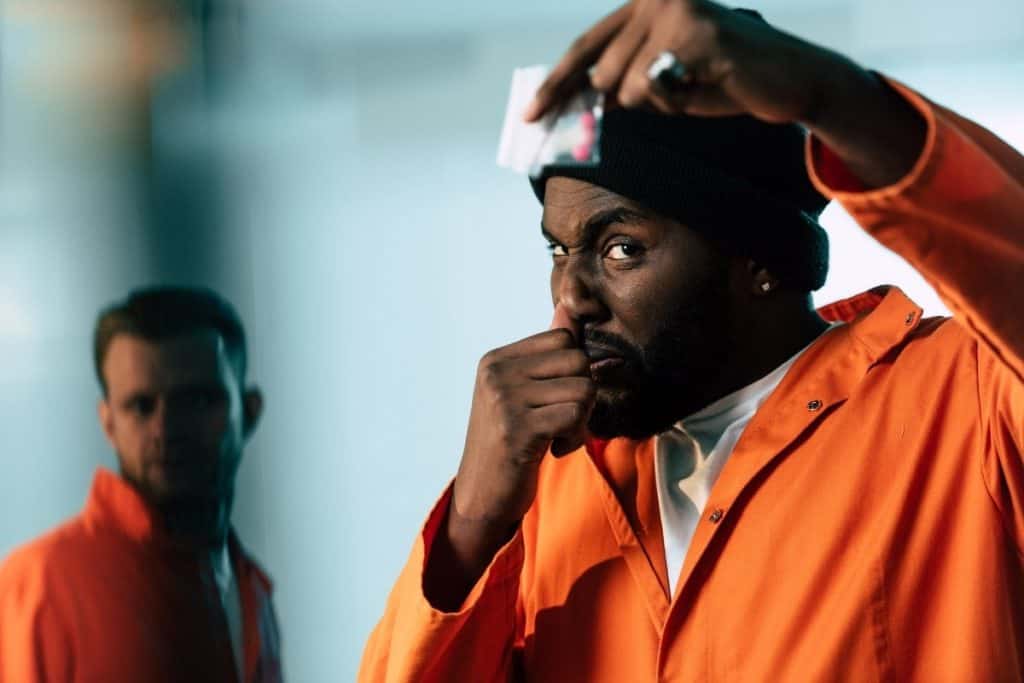
Drugs are just part of the story. Cell phones, weapons, and drug paraphernalia (needles) are also being smuggled into these facilities. Although one may think that a cell phone is the least of the staff’s worries, it’s actually a top priority. All regular calls at jails and prisons are monitored, with cell phones inmates can talk about crimes, smuggling, or whatever they choose without the worry of the staff listening.
Within seconds of being put in general population in county jail, I was asked by various other inmates what I had on me. Apparently, I was in the minority because I didn’t have drugs on me. Finding exact data on the number of drugs and contraband in jails and prisons around the country is near impossible because there is no single resource keeping track. This leads us directly into number 2…
2. Data On Drugs And Contraband In Jails and Prisons Is Intentionally Scarce
Over the years various non-profit groups, news organizations, and journalists have attempted to dig into how drugs are getting into jails and prisons. They’re told that inmates smuggle drugs in during visits and with the mail and package system. While that is true what the officials neglect to talk about is the huge amount smuggled in by guards and other facility workers such as nurses, cooks, and plumbers, Etc.
In 2015 two inmates at Clinton Correctional Facility In NY escaped. They dug a tunnel out of the facility with hacksaw blades, chisels, and other tools snuck into them by a civilian worker. There was also a guard who unknowingly facilitated their escape. (source)
If hacksaws and chisels can be smuggled into a maximum security facility by civilian workers and guards, I can’t imagine how much other contraband is coming into these places.
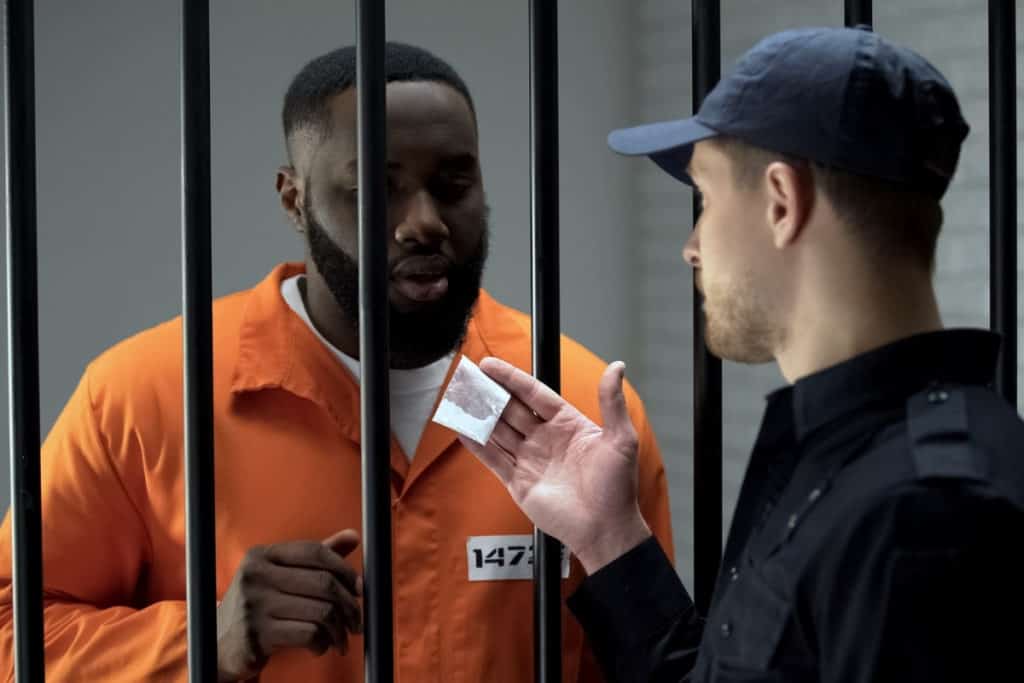
Because jails and prisons have the ability to deny outside cameras and control the flow of information both in and out they are able to keep a lid on the truth about how a vast amount of contraband gets into prison.
Texas Prisons Stopped In-Person Visits and Limited Mail. Drugs Got in Anyway.
– Texas Tribune (Article)
Stories like this have played out in various states over the years. The officials continue to say that the majority of contraband is coming in through inmates and yet when they implement these harsh rules, drugs still get it.
3. Overdoses Are A Common Occurrence
Overdoses are not only something we have to battle on the streets but behind bars as well. With the rise of increasingly powerful substances such as fentanyl, carfentanyl, and various incredibly potent strains of synthetic marijuana, jails and prisons everywhere are battling increased overdoses. Often times the medical staff have no idea what substance the person overdosed on, making it difficult to reverse. This is due to the inmate’s reluctance and refusal to give information to the guards and medical staff.
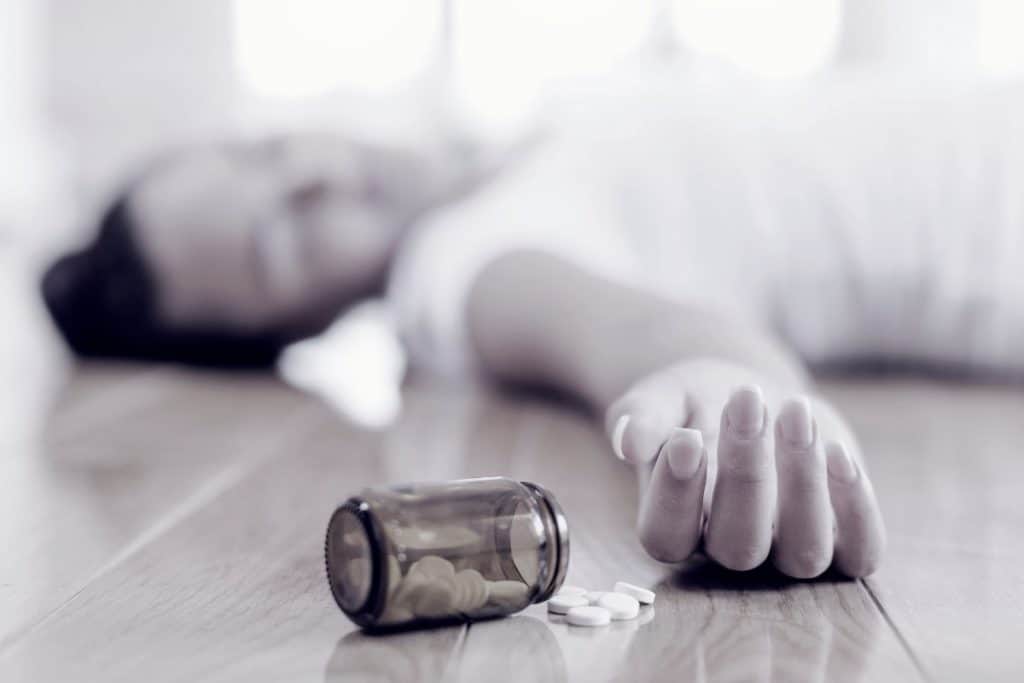
These powerful substances are not only putting the inmates at risk but the prison staff as well. In 2018 Pennslyvania locked down their entire prison system because the staff was exposed to tainted drugs. (source)
4. Segregation (Solitary Confinement) Is The Go-To Punishment For Drug Use Infractions
Many state and federal facilities drug test inmates. When a person fails a drug test the punishment is time in the hole. Time in segregation can range from 10 days all the way up to years depending on the facility and amount of infractions.
I did 12 months and 25 days in solitary confinement for non-violent drug use in NY state prison. If there was one conclusion I could say with absolute certainty, it’s that solitary confinement doesn’t work. Not only did I seek out drugs the second I was released from solitary to cope with the depression, but we also had drugs in solitary.
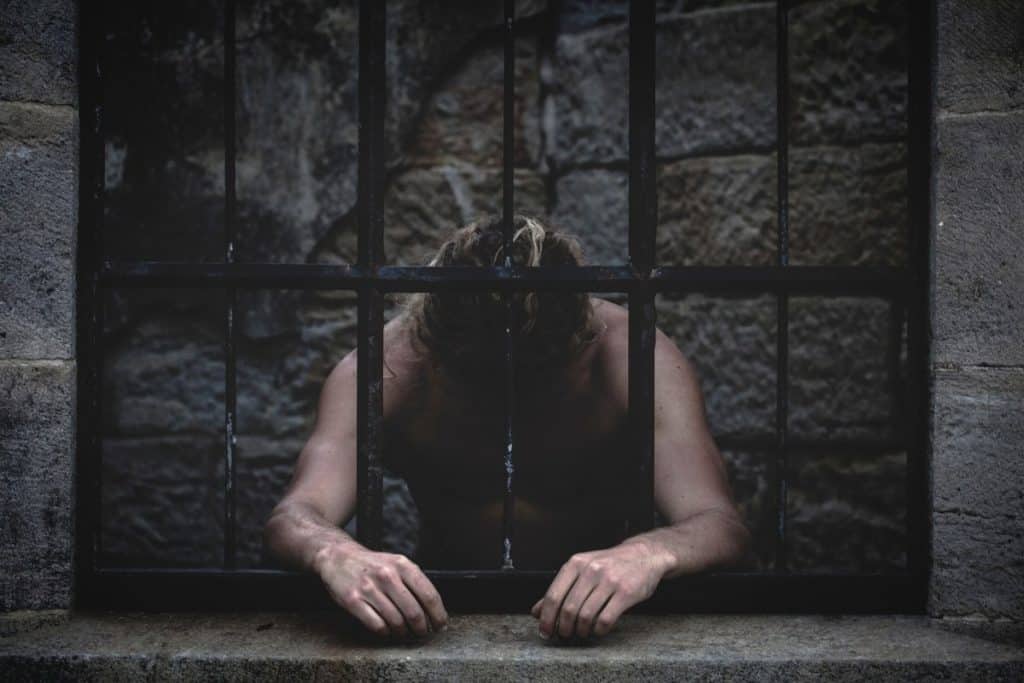
I have never encountered an inmate who decided to stop using drugs because of solitary confinement. The effects of solitary confinement include but are not limited to:
- Anger
- Cognitive Disturbances
- Perceptual Distortions
- Sensory Deprivation
- Paranoia
- Manic Behaviors
- Depression
- Anxiety
- Obsessive Thoughts
- Psychosis
When a person with untreated addiction is experiencing these effects they’re going to use drugs to cope, it’s all they know. I have experienced and seen firsthand the devastating effects of solitary confinement on people with mental health disorders. Using this as a form of punishment for a person with addiction is outrageous.
5. More Than 3/4 of The US Prison Population Is Incarcerated Relating To Drugs
An estimated 85% of inmates incarcerated in the US have an active SUD (substance use disorder) or were incarcerated for drugs or a crime involving drugs. (Source) The vast majority of the people with a substance use disorder committed their crime to support their habit in some form or another.
When a person is arrested for DWI they are often required to take substance use counseling and complete treatment. We need to treat addiction the same. I’m not saying a person who commits a violent crime should not be punished, but they should receive treatment to hopefully plant the seed of a different way of life.
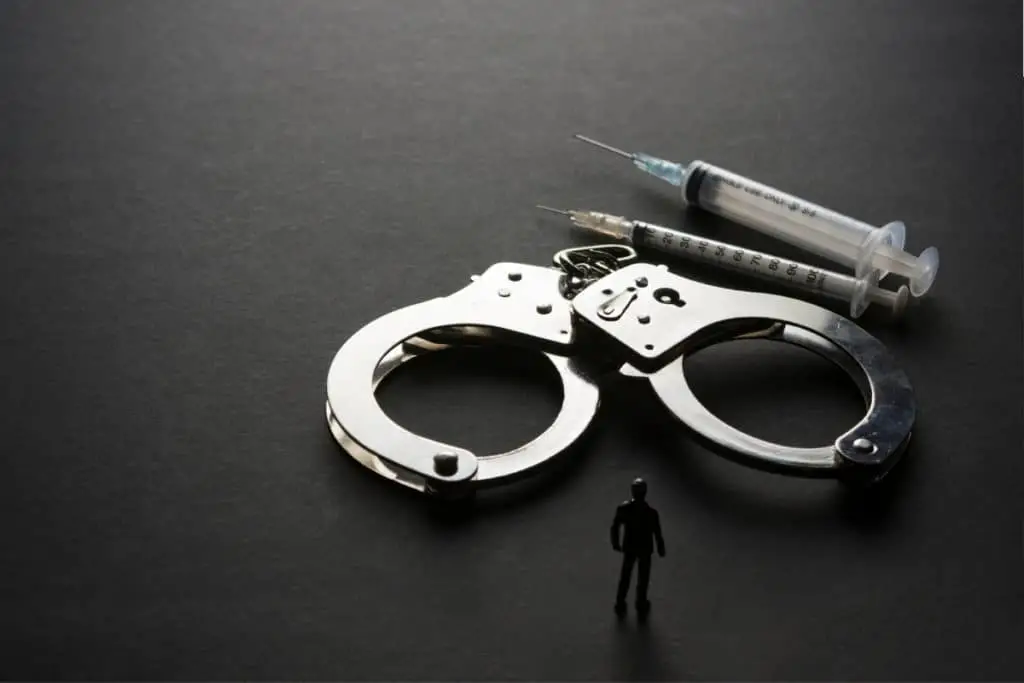
We need to rethink how we treat and punish addiction in this country. The corrections system is supposed to be based on rehabilitation. Inmates with addiction should receive treatment while incarcerated. This would cut down on the recidivism rate as well as make the overall community safer. Many jails and prisons offer some form of treatment but inmates are often placed on a waiting list, don’t qualify, or kicked out for unrelated infractions.
Articles
A common question many people in recovery from drugs get asked is "Why can't you have a drink?" or "If alcohol wasn't your drug of choice why can't you drink?". Everyone has their own path in...
A person in active addiction will do things that cross their own moral boundaries. On the inside, they will feel guilty and ashamed of what they are doing but the pull of addiction and the crippling...


